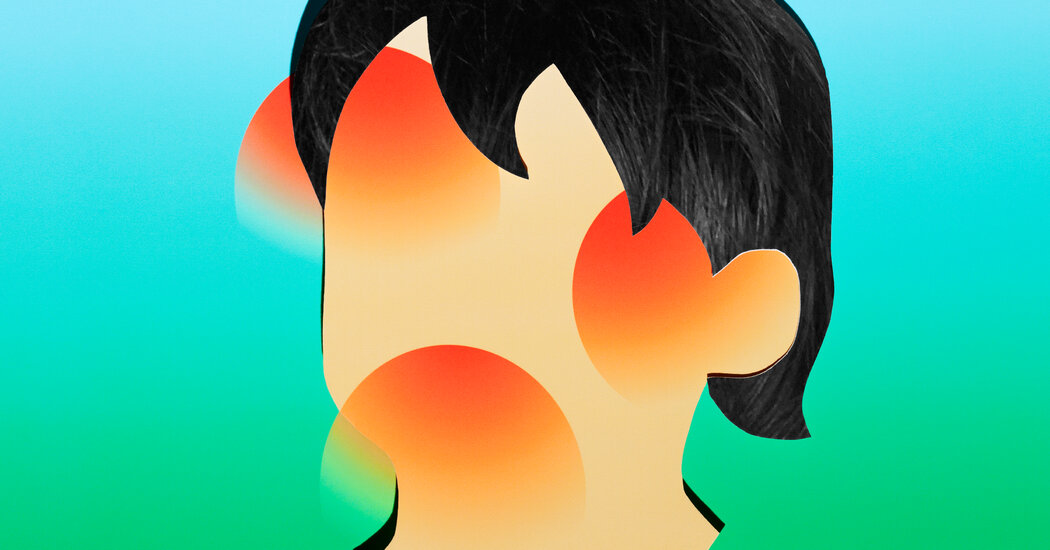A Dangerous Possibility
The child was cranky and didn’t want to be examined. Both of his feet were obviously swollen. So were his hands and face. He cried when anyone tried to move his hands and feet. And he had this itchy, spreading rash. The E.R. doctor worried about a rare but potentially dangerous disease of the smallest blood vessels called Henoch-Schönlein Purpura (H.S.P.). (It has recently been renamed IgA vasculitis.) An autoimmune disorder, it primarily affects children and is characterized by a triad of symptoms: abdominal pain, arthritis and a rash.
The rash is caused by the affected vessels leaking blood into the surrounding tissues. When this happens close to the surface of the skin, it creates dark red or bruise-colored spots. When these lesions are pressed, they don’t change color. But the boy’s rash was a light, not dark color, and when touched those spots lost the pink coloring and became pale. H.S.P. also causes a rise in inflammatory markers in the blood, so the doctor ordered a test to look for that as well. Those markers were slightly elevated, and so to be safe, the E.R. doctor decided to admit the child to the hospital to be monitored overnight. She ordered ibuprofen for the pain and an antihistamine for the itch.
Finding a New Diagnosis
The next morning, the boy was seen by Dr. Krista Birnie, a pediatric hospitalist. By then he looked more comfortable, though he still didn’t want anyone to touch his swollen hands or feet. It probably wasn’t H.S.P., Birnie decided, now that she saw the child. Although the boy didn’t want to move his hands or feet, it looked to her as if that was because of the swelling rather than some form of arthritis, a symptom of H.S.P. And the pink circles of rash had not turned into the angry red blotches characteristic of H.S.P.
The child’s parents reported that the rash started out looking like hives, which then grew into expanding circles and faded away — only to be replaced by others. The E.R. doctor had also ordered a test for Lyme disease. There was a field behind the boy’s house where he often played, and it could harbor deer ticks. Birnie didn’t think this looked like the typical Lyme rash, though Lyme disease was a common infection in northern Massachusetts.
An Allergic Reaction
Birnie was thinking along different lines. This child had first come into the hospital with a lesion on his penis. Just 12 hours later that lesion was gone. And the boy’s parents noted that his lesions were transient like hives. There was a disorder Birnie had heard of but never seen called Urticaria multiforme (U.M.). It’s a type of allergic reaction, she remembered, seen in kids usually after a viral infection, but Birnie couldn’t recall more than that. After her rounds, she found a computer and looked up the disorder. The description fit this child perfectly. It’s an allergic response triggered by either a medication or more commonly a viral infection. This child had a cold the week before.
The allergic reaction causes a release of histamine, a body chemical that causes (among other things) plasma to leak out of blood vessels, causing hives and the characteristic swelling of the feet, hands and face. It is usually treated with antihistamines — to block the histamine. The boy had an antihistamine on admission because he felt itchy. There’s no test for Urticaria multiforme, but given his symptoms, Birnie felt confident he had it. Still, she wanted to watch him one more day.
[ad_2]
Source link


